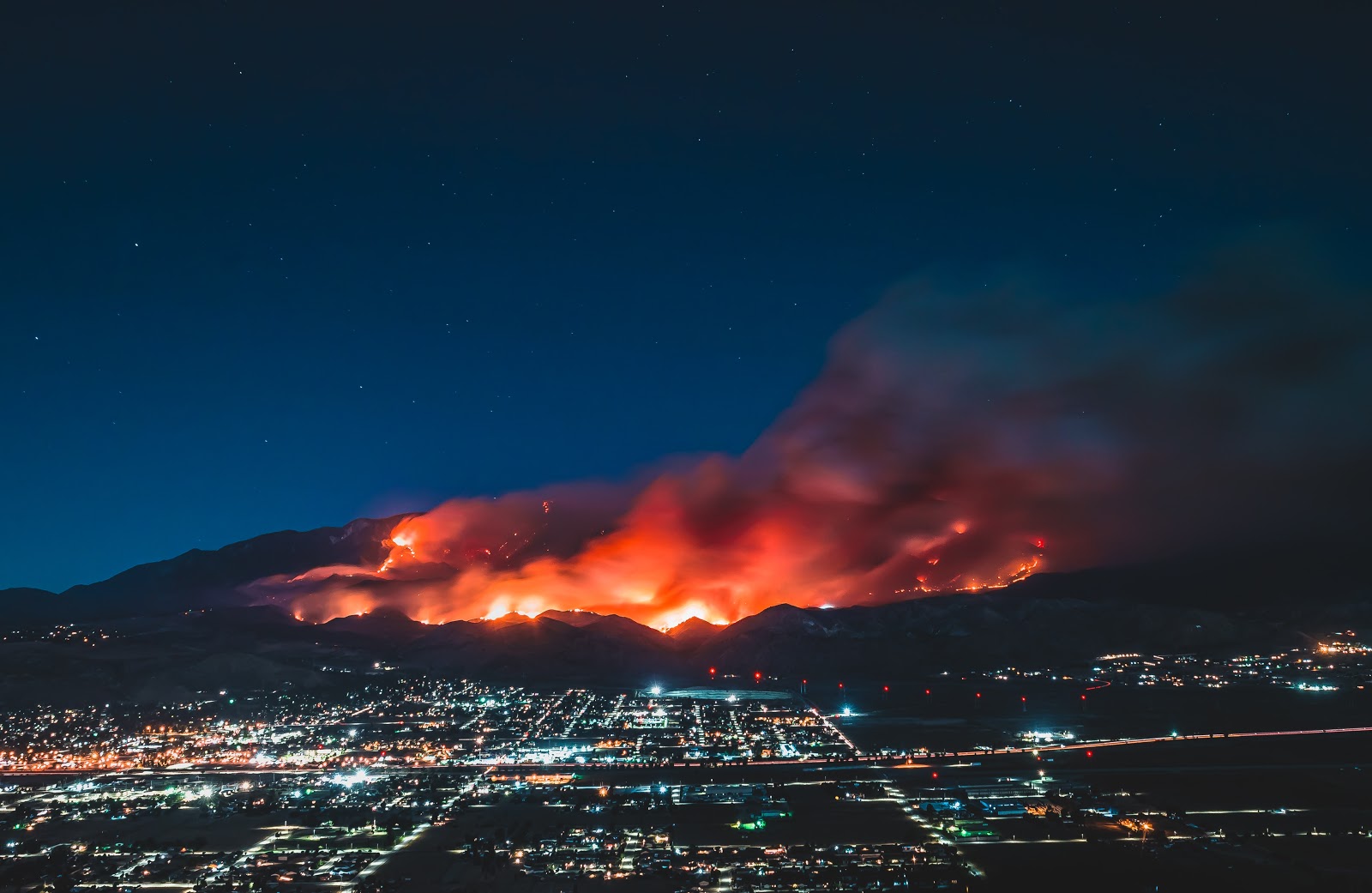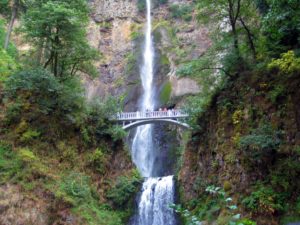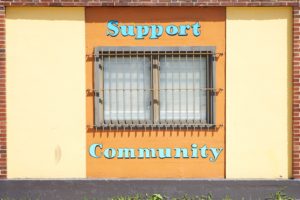To some of us sitting in the comfort of our home, wildfires are a rare occurrence. However, California residents deal with this every year. It is an ongoing struggle for the people who reside in the beautiful state of California and for our ecosystem.
Wildfires in California
It is essential to realize that wildfires are, in fact, a natural phenomenon. To a certain extent, they can be beneficial to support a healthy ecosystem. Wildfires allow for the clearing of overgrowth, put nutrients back into the soil, and some species require fire for their seeds to germinate. However, with these benefits to the ecosystem in mind, the current issue is in the fires’ containment. The wildfires are now too big, and too fast.
Wildfires can become very difficult to contain once they have spread out, and they are spreading fast. Fires have been sweeping up the state, and with the peak season still beginning, 2020 has already shattered the record with 3.2 million acres burned so far1.
The burning of all these acres also contributes to climate changes that lead to many disastrous events. While CA residents acutely feel the current short-term impacts, residents in California and beyond will experience the long-term effects many years down the line.
A Marker and Driver of Climate Change
The effect of the environment on California wildfires depends on the season. As we recently witnessed, fires are widespread in California during the summer. – the dry season. Each summer’s high temperature and drier atmosphere add to the cumulative drying effects of atmospheric aridity and low rainfall, leading to increased probability of fires.2.
A drying climate
Additionally, the continuation of a dry season and high winds in fall adds more to the fires that have already started. One overarching problem is that fires are not a one-off event; they will keep tackling California. The connection between wildfires and climate change is one that cannot be avoided. As the climate gets warmer and drier, it will establish more ground for the wildfires to spread. Scientists believe that drier earth and air is making the situation worse. This year, there have already been 8,600 wildfires in the state that have scorched a record 6,400 square miles and destroyed about 9,200 homes, businesses, and other buildings. By the end of October, there were already 31 deaths3. Every day the numbers are increasing.
So how exactly do wildfires start? In the fall, strong offshore winds with very create low relative humidity can quickly dry fuels and spread large wildfires2.
Wildfire Cycles
These wildfires and the people are now part of a vicious cycle that adds to the fire every season. It is evident with the growing wildfires that this is only the start of a long and hard fight. California will need a lot of support to control the fires and reclaim its land. However, the Trump administration initially denied California’s federal aid request4. This denial creates suffering and delays recovery for the State of California and its residents.
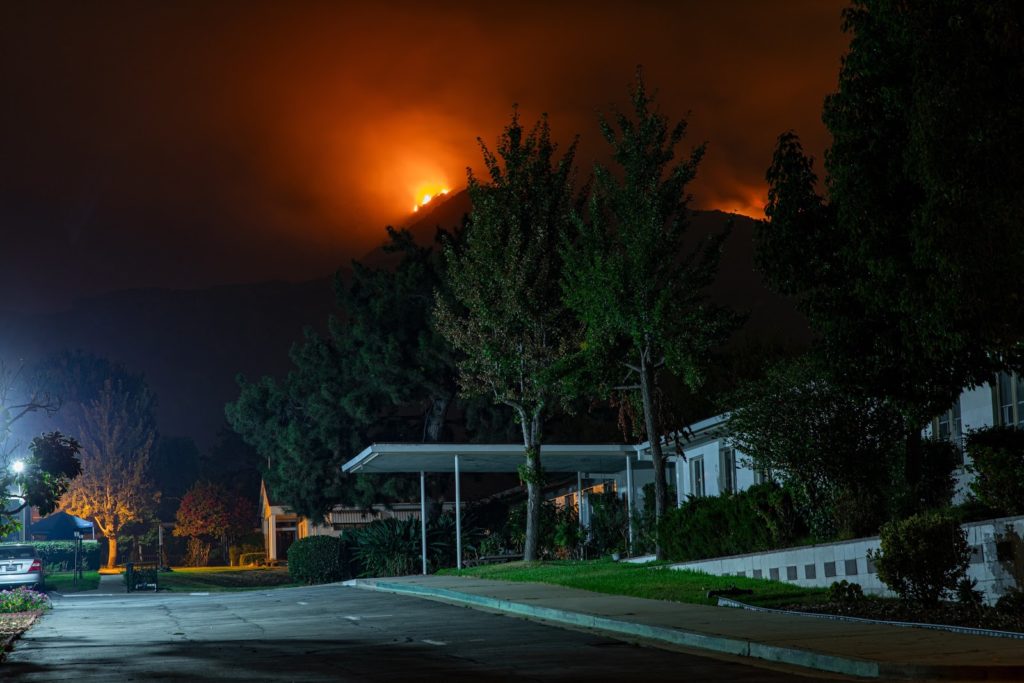
Federal and State Responses to the Wildfire Emergency
The federal response to the wildfires has been similar to a roller coaster. Approximately 1.9 million acres have burned due to the wildfires, and initially, President Trump refused to grant California an emergency declaration5. However, the President reversed his decision a few hours later after a plea from California Governor Gavin Newson. Gov. Newsom took action much quicker by declaring a statewide emergency due to the widespread fires. Additionally, the state would hire 858 more firefighters and six California Conservation Corps crews to fight the fires6. Many evacuations are currently occurring, and federal assistance will alleviate a little bit of the struggle. However, it is essential to note that the issue is far from its end.
Public Opinion and Equity Considerations
A main consensus is that this is “New Normal,” and there is not much that individuals can do but restart their lives elsewhere. Residents moved away from California. For example, a friend of mine moved to Las Vegas since he can work remotely until the end of the pandemic. However, this is not an option that is available to everyone.
Air pollution is also a huge concern, as well as the loss of people’s homes and businesses. My friend mentioned that almost everyone he knows has some app7 to understand today’s air quality. He said, “There was one time when we would go out for fresh air, and now it is the opposite.” However, not everyone at risk has access to technology or literacy to find an air quality app. Therefore, people may experience increased risk without even knowing the extent of the risk.
California’s Gov. Newson also signed legislation that allows inmate firefighters who were already actively helping on the front lines to become professional firefighters after they are released from prison. This action not only gives the prisoners a second chance but increases the number of firefighters that can extinguish this issue.8
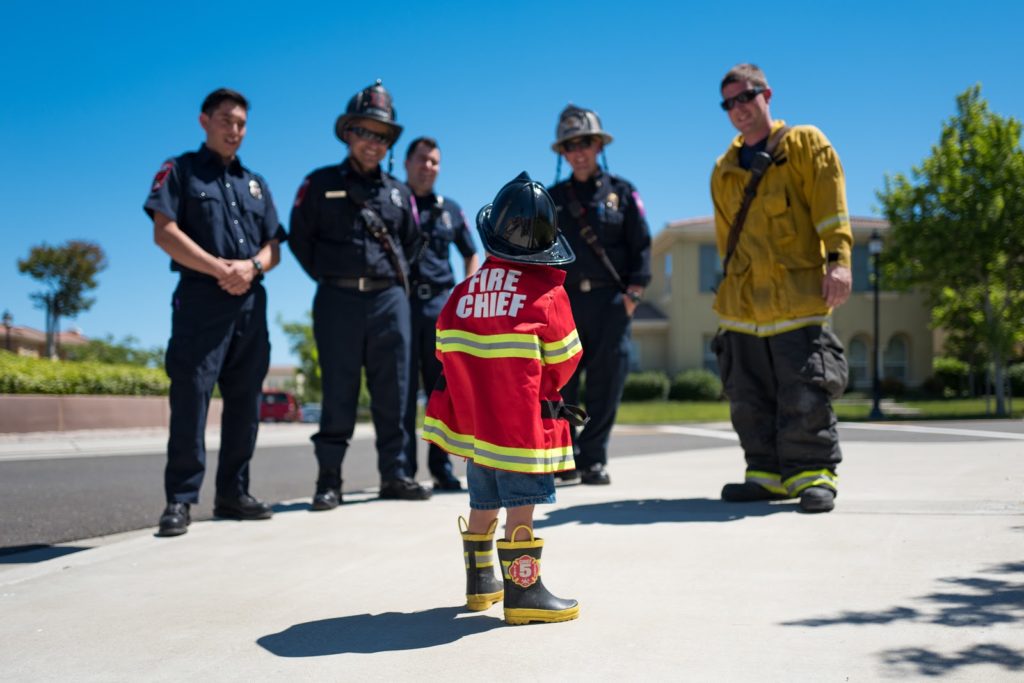
Future
Unfortunately, the new normal is a dangerous term. The State’s major study on climate impact, the Fourth Climate Assessment, projected that the wildfires burn area will increase 77% by the end of the century9.
There is a need not only for local government, communities, and residents to help but also for national intervention. This national intervention would also need to look at Colorado, which has also been ravaging this year. The fires will impact the quality of air, living, and population for the next many years to come.
- California’s Wildfires Are Worse Than Ever. Again. - December 4, 2020
- Krishnakumar, P., & Kannan, S. (2020, September 15). 2020 California fires are the worst ever. Again. Retrieved November 02, 2020, from https://www.latimes.com/projects/california-fires-damage-climate-change-analysis/ [↩]
- Williams, A., Abatzoglou, J., Gershunov, A., Guzman‐Morales, J., Bishop, D., Balch, J., & Lettenmaier, D. (2019, August 04). Observed Impacts of Anthropogenic Climate Change on Wildfire in California. Retrieved November 02, 2020, from https://agupubs.onlinelibrary.wiley.com/doi/full/10.1029/2019EF001210 [↩] [↩]
- Weber, C., & Rodriguez, O. (2020, October 27). Raging California fires keep tens of thousands from homes. Retrieved November 02, 2020, from https://www.washingtonpost.com/business/70000-in-southern-california-to-evacuate-after-blaze-grows/2020/10/26/a01b6acc-17f4-11eb-8bda-814ca56e138b_story.html [↩]
- Garger, K. (2020, October 16). Trump administration denies wildfire federal aid request from California. Retrieved November 02, 2020, from https://nypost.com/2020/10/16/trump-admin-denies-wildfire-federal-aid-request-from-california/ [↩]
- Elfrink, T., & Wilson, S. (2020, October 16). Trump administration rejects, then approves, emergency aid for California fires, including the biggest blaze in state history. Retrieved November 02, 2020, from https://www.washingtonpost.com/nation/2020/10/16/trump-rejects-california-disaster-wildfires/ [↩]
- California, S. (2020, August 22). California Secures Presidential Major Disaster Declaration to Support State’s Response to Northern California Wildfires. Retrieved November 02, 2020, from https://www.gov.ca.gov/2020/08/22/california-secures-presidential-major-disaster-declaration-to-support-states-response-to-northern-california-wildfires/ [↩]
- System Alerts. (n.d.). Retrieved November 02, 2020, from https://www.airnow.gov/state/?name=california [↩]
- Mossburg, C., & Almasy, S. (2020, September 11). Inmates who battle wildfires in California to get a better chance at post-prison firefighter jobs. Retrieved November 20, 2020, from https://www.cnn.com/2020/09/11/us/california-inmate-firefighters-expungement-law/index.html [↩]
- Strike Force, G. (2019, April 12). Wildfires and Climate Change: California’s Energy Future. Retrieved November 2, 2020, from https://www.gov.ca.gov/wp-content/uploads/2019/04/Wildfires-and-Climate-Change-California%E2%80%99s-Energy-Future.pdf [↩]

